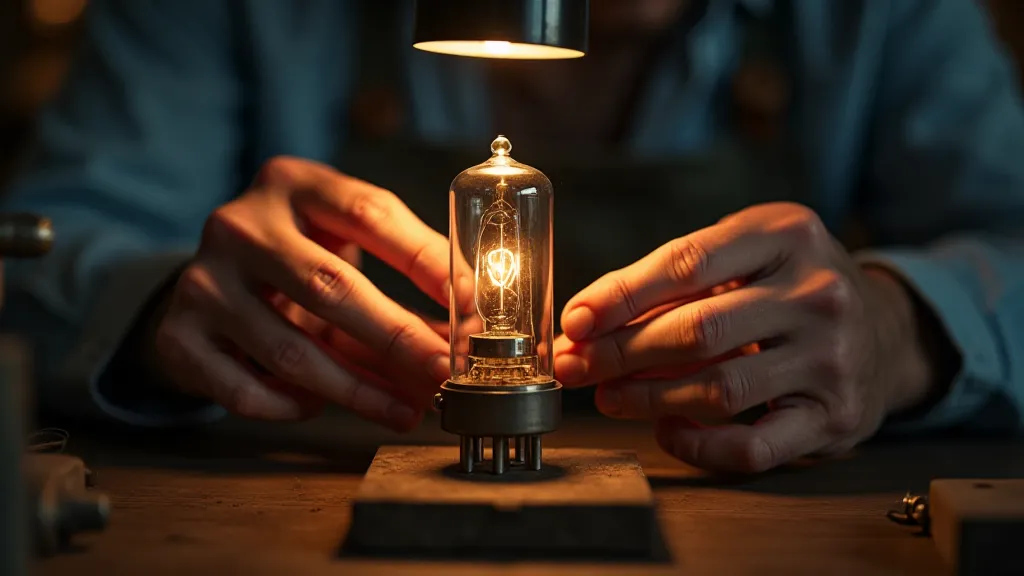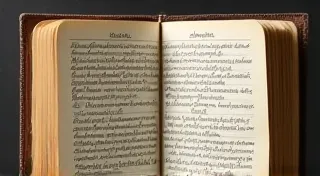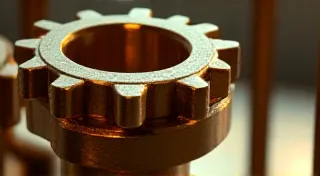Emanations of Brass and Glass: The Poetry of Vacuum Tube Identification
There's a certain reverence that falls over me when I hold an antique vacuum tube. It’s not just about electrons and filaments; it's about history solidified, about ingenuity embodied in glass and metal. For those of us drawn to the crackle and warmth of vintage radio, the act of identifying these components transcends mere technicality. It's a delicate dance with the past, an exploration of artistry and a deep appreciation for the craftsmanship that birthed these remarkable devices.
My first encounter with a tube tester was in my grandfather’s workshop. He was a silent man, a master of repair, but his eyes would light up when discussing his old radios. I remember the hum of the tester, the soft glow of the indicator needle as he ran tests on a collection of tubes – each one a tiny vessel holding a portion of the radio's soul. He never explained the physics; he simply showed me the beauty of it, the process of bringing a silent machine back to life.
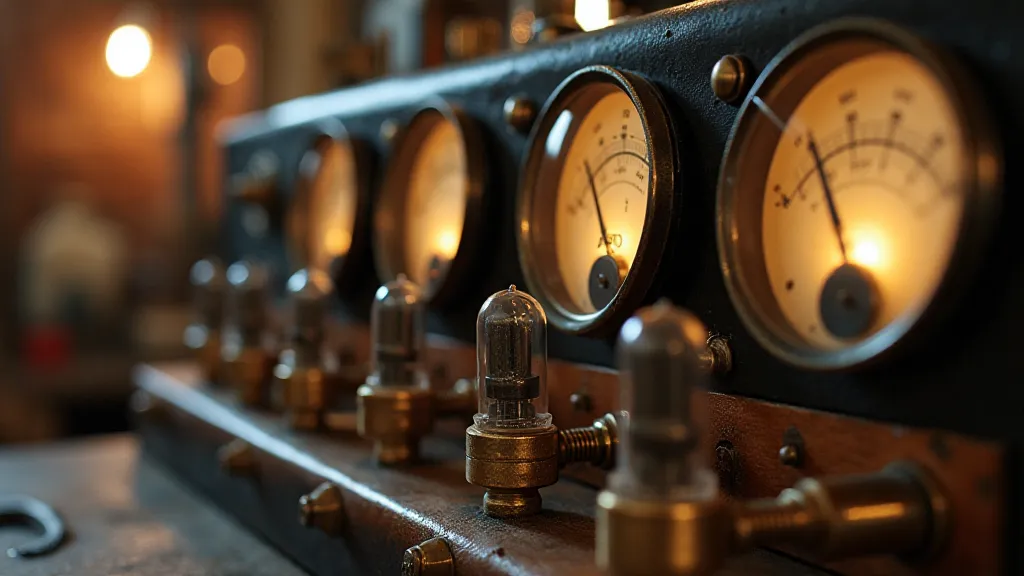
The Allure of the Form
Consider the physical forms themselves. Early tubes, with their bulbous glass envelopes and stout bases, speak of an era of experimentation and raw power. As technology matured, we saw the emergence of smaller, more elegant designs - the miniature tubes, the Pentodes with their intricate pin arrangements, the triodes with their simple, almost meditative presence. Each shape tells a story of evolving needs, materials, and manufacturing capabilities.
Holding a 'LoTube,' a type 6L6 for instance, you feel the weight of history. Its sheer size and the thickness of the glass evoke an era when radio was a technological marvel, a presence in the home, not a discreet, pocket-sized device. Then, examining a smaller type 12AX7, a common amplifier tube, reveals a refined elegance. The precise markings, the uniformity of the glass, the carefully arranged pins – all speak of a meticulous attention to detail that's often lost in today's mass-produced world.
Deciphering the Markings: A Code to Unlock
The real poetry, however, lies in deciphering the markings. These alphanumeric codes aren’t just identifiers; they're cryptic messages from the past. A tube labeled ‘321-A’ isn’t just a tube; it’s a link to a specific factory, a specific production run, and a specific era. Understanding these markings requires a blend of technical knowledge and detective work.
Early tubes often bore relatively simple markings: a manufacturer's logo, a type number, and perhaps a date code. As the industry matured, these markings became more complex, incorporating information about the tube’s operating characteristics, its intended application, and even the batch it belonged to. There’s a certain satisfaction in cross-referencing these codes in old catalogs and schematics, piecing together the history of a seemingly insignificant component.
The thrill isn’t solely about identifying the *type* of tube, but understanding its pedigree. A tube marked with a rarer factory code might be a coveted find for collectors, a testament to the variance in production quality and the specialized manufacturing processes of the time. Even damaged or seemingly worthless tubes can hold clues – sometimes, the markings are all that’s left to tell their story.
The Tester's Song: More Than Just Numbers
Of course, identification is only the first step. The tube tester itself becomes a vital tool, not just for gauging functionality, but for experiencing another layer of this analog ritual. The tester’s song – the hum of the circuitry, the subtle clicks and pops as it cycles through its tests – is a soundscape unique to the world of antique radio restoration.
Beyond just “good” or “bad,” a tube tester reveals nuances. A tube might test as “weak” but still function, exhibiting reduced gain or altered characteristics. Recognizing these subtle variations isn’t just about technical accuracy; it’s about appreciating the individuality of each component and understanding how those characteristics might influence the overall performance of the radio. It’s about accepting that these aren't silicon chips; they are individual, aged objects that each behave a little differently.
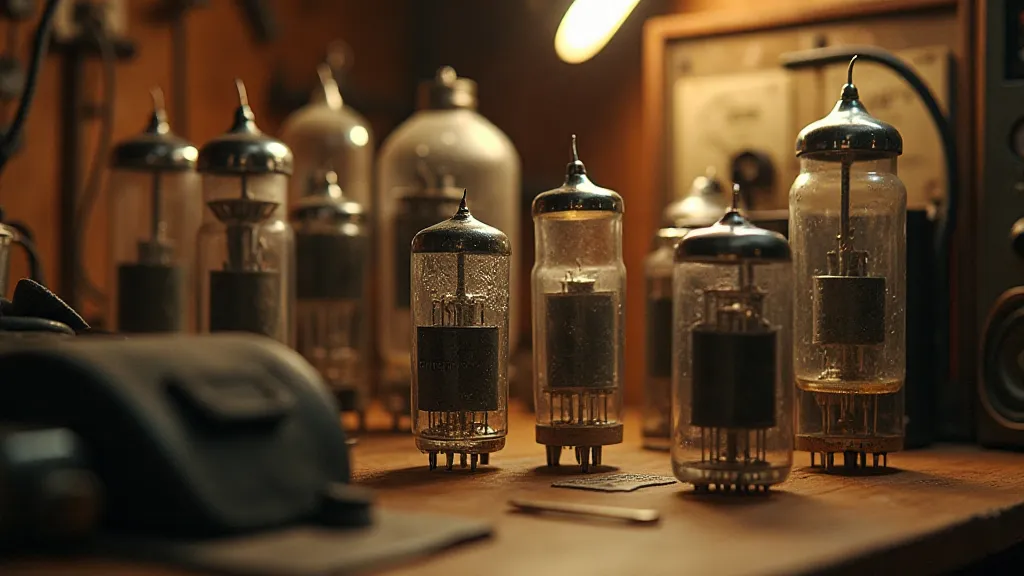
Restoration & Respect: A Shared Responsibility
For those of us involved in antique radio restoration, the process of tube identification and testing takes on a profound significance. We're not just repairing machines; we’re preserving history. Each tube we save, each radio we bring back to life, is a small act of defiance against obsolescence. We are custodians of a bygone era, entrusted with the responsibility of ensuring that these marvels of engineering continue to resonate for generations to come.
It's a humbling experience, understanding that the radios we restore were once central to families’ lives - providing entertainment, news, and a sense of connection to the wider world. By tending to these relics, we’re not just repairing electronics; we’re honoring the ingenuity and artistry of those who came before us.
Beyond the Technical: An Emotional Connection
Ultimately, the poetry of vacuum tube identification lies in the emotional connection it fosters. It’s a connection to a time when technology was a source of wonder and inspiration. It's a connection to the skilled artisans who crafted these devices with such care and precision. And it's a connection to the families who relied on these radios to bring music, laughter, and a sense of community into their homes.
The next time you hold a vintage vacuum tube, take a moment to appreciate its beauty, its history, and the remarkable story it holds. Listen to the tester’s song, and let it transport you to a time when radio was truly a magical thing.
